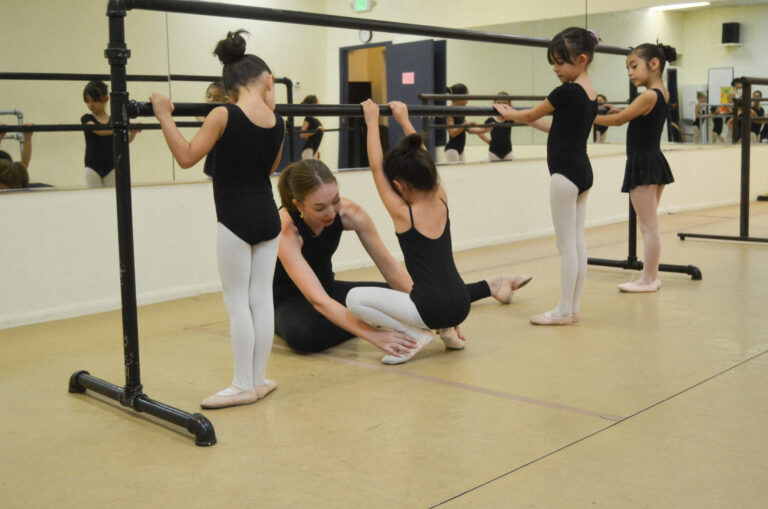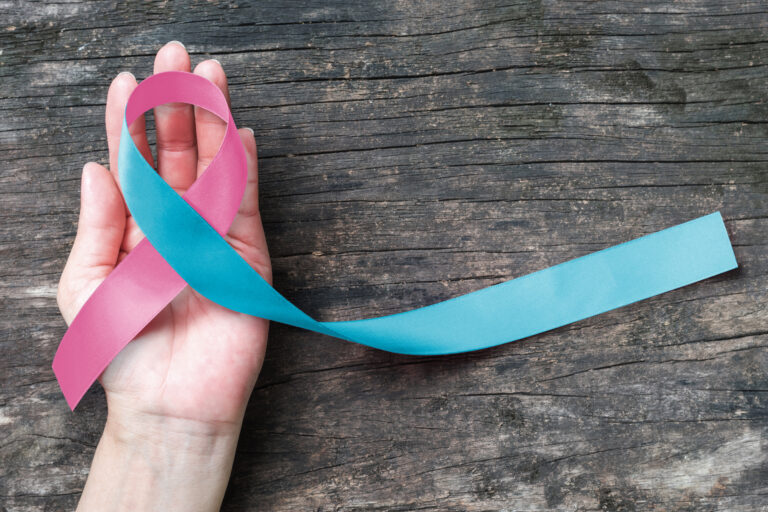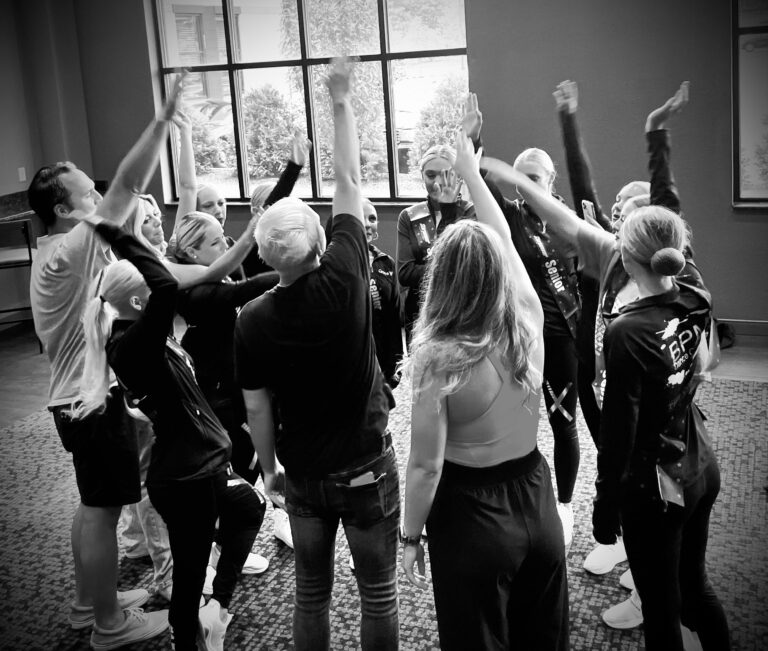
When students go through puberty, the body they’ve been diligently training may suddenly change. Growth spurts can throw off balance and reduce flexibility, a combination that can increase the risk of injury.
You can help your students hold on to their technique and confidence during this transition, as well as teach them how to use their changing bodies safely and effectively.
Recognizing Puberty
The first step to keeping your students healthy overall is to be understanding and convey that it’s completely natural for their bodies to change, even if it temporarily affects their technique.
Most females experience puberty between the ages of 11 to 14, although dancers tend to have a delayed experience, says Julie Daugherty, an American Ballet Theatre physical therapist who works with students at the Jacqueline Kennedy Onassis School at ABT. Male dancers experience it between the ages of 12 to 18. “When students are in the middle of a growth spurt, they may say they are feeling tight or can’t lift their legs as high, or they may not be able to do the splits anymore,” Daugherty says. “They can also start to have issues with knee and hip pain or various muscle or tendon strains.”
In addition to aches and pains, Peter Pawlyshyn, school director of the Kansas City Ballet School, says he notices imbalances in his students once developmental changes begin to occur. “There’s a weakness, a wobbliness,” he says. “We encourage students to be very up-front and honest with their teachers, so they know what’s going on.”
Risk Management
The top three reasons injuries occur are muscle/tendon imbalances, incorrect alignment and growth spurts, says Lyle J. Micheli, attending physician for Boston Ballet and professor of orthopedic surgery at Harvard Medical School. When a dancer starts to grow, her bones lengthen more quickly than muscles and tendons. If she doesn’t have enough time to build up her strength, she is especially at risk of injury during this time.
Encourage students to focus on core strength to develop stability and control, and stretching counteracts tightness in the quadriceps, hamstrings, calves, hip flexors and gluteal muscles during growth. Daugherty suggests incorporating Pilates mat work two to three times a week.
If a student experiences consistent pain or an ache that progressively worsens, she should consult a physician. You may also want to consider coordinating a local medical team committed to helping your dancers if they need it. Kansas City Ballet School has an off-site network of three orthopedic surgeons, a physical therapist, a nutritionist and a psychologist. “They allow our students to get an appointment at a moment’s notice, and they have been equally as invested in our dancers as we are as a staff,” Pawlyshyn says.
Adjusting Your Curriculum
Teachers should be very careful about the intensity of their students’ training and how many hours a week they are dancing during this time, Micheli says. He has noticed at several prominent ballet academies that teachers “back off on the intensity and total volume of training” during puberty, which is helpful in preventing injuries. Consider replacing one technique class a week with a strengthening and stretching class.
Daugherty agrees: “Instead of pushing really challenging steps during periods of rapid growth, teachers should focus on more of the artistic quality of dance, musicality and acting.”
Another option is to concentrate on “the basics”—clean, simple, centered movement. “Make sure they are dancing with good alignment and working on their trunk control, because they are still struggling with finding their coordination and stability,” Daugherty says. However, be sure to explain to your students, who might be expecting to work on difficult steps, that slowing down a bit will help them in the long run because they will have stronger technique and core stabilization to lean upon once they are done with their growth spurts.
Ultimately, it’s about teaching young students to properly care for their bodies —their instruments. “We try to impress upon our students how important it is to keep up the health of the body for the longevity of their training and dance career,” Pawlyshyn says. “I tell them, ‘Your body changes, it ebbs and flows, throughout your career. You just have to be knowledgeable and rely on your training, and your technique will come back when things settle down.'”
Common Injuries During Puberty
Students should seek medical attention if you see any indication of these conditions:
Iliopsoas tendonitis and snapping hip syndrome
Cause: Tight iliopsoas (hip flexor) muscles.
Symptoms: Pain in the front of the hip near the groin indicates tendonitis. An audible popping sound during a grand battement or développé (snapping hip syndrome) is due to a muscle or tendon passing over the greater trochanter bone at the top of the femur.
Achilles tendoniti
Cause: A tight Achilles tendon (the large tendon in the back of the ankle) or weak calves.
Symptoms: Irritation and inflammation of the Achilles tendon, along with pain in the heel and lower calf, especially when jumping.
Patella tracking issues
Cause: Widening hips (in girls) in combination with weak quadriceps and iliotibial bands leads the knee’s patella bone to run off-center.
Symptoms: Knee pain and/or giving way of the knee.
Osgood-Schlatter disease
Cause: Overuse of the knee while growing. Male dancers are sometimes prone to this injury when practicing additional jumps.
Symptoms: Pain and swelling in the area below the knee on the upper shinbone.





